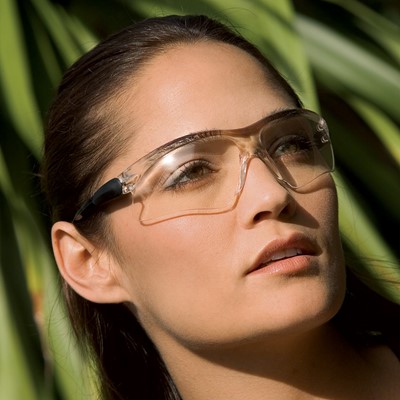Three Outsole Factors That Will Help You Pick Your Ideal Work Footwear

The outsole. You may want to pay more attention to it when selecting your next pair of shoes or boots. It’s the supportive platform of footwear that provides all-important stability, flexibility, and comfort. Its type and depth of tread determine its traction on different surfaces, and its material composition affects its durability and resistance to chemicals and weather. Finding the right outsole for your needs may be the deciding factor in your choice of work footwear, and the three factors below will help guide you.
1. Outsole Type
There are two common types of outsoles, both with different uses and benefits.
Wedge Soles: The outsole is made of one solid piece of material running the length of the shoe.
· Ideal for warehouses and other indoor work
· Shallow tread and flat bottom designed for maximum contact with hard, flat surfaces
· Slip-resistant or anti-slip in environments where oil or water spills can occur
· Even weight distribution for better cushion and shock resistance
90-Degree Heel Sole: A heel is added to the sole of the shoe.
· Ideal for outdoor work
· A heel and deeper treads designed for maximum grip on uneven, rocky, muddy, and wet terrain
· 90-degree heel improves stability and balance, as well as stronger bracing on ladder rungs
· Often paired with features like waterproofing, insulation, or safety toes for comfort and protection
Specialized forms may be useful to you depending on your occupation. One example is the logger heel outsole, which has a tall, hooked heel and extremely deep rubber treads to grip rough, uneven surfaces for improved safety during logging work.
2. Outsole Material
A boot’s outsole can be further improved or specialized by the material used to make it.
Rubber: Known for its sturdiness, rubber is the most common sole option for safety footwear. Many types and densities of rubber are available but typically when a rubber outsole is listed, a harder, vulcanized form of rubber is meant.
· Strong grip on uneven surfaces
· Abrasion-, oil-, and slip-resistant
· Extreme heat tolerance and highly cold-resistant
· Highly durable with a strong degree of storage longevity
· Heavy; loses flexibility in cold temperatures
Rubber is a versatile material but will most often be chosen when durability and grip are priority. Vibram soles, made of a compound of multiple rubber types, are a popular option for extreme outdoor environments.
TPU (Thermoplastic Polyurethane): TPU is an advanced type of polyurethane that is abundantly versatile. Its traction on slippery surfaces make it a popular choice for workplaces where spills may occur.
· High resistance to oils and chemicals and extremely slip-resistant
· High abrasion tolerance, preventing splits and tears
· Lower heat tolerance but cold-resistant and stays flexible in cold temperatures
· Lightweight and typically more comfortable than rubber
· Flexibility allows for easier, less restricted movement
3. Outsole Construction
The construction of your footwear is an important consideration, with two primary options available.
· Cement construction: the sole is cemented directly to the upper. This makes for a lightweight, flexible shoe, but one that can’t be resoled and is subject to layer separation, or delamination.
Goodyear Welt Construction: A strip of leather, the welt, is stitched between the upper and outsole, which helps to waterproof the shoe and allows for resoling to increase longevity.



